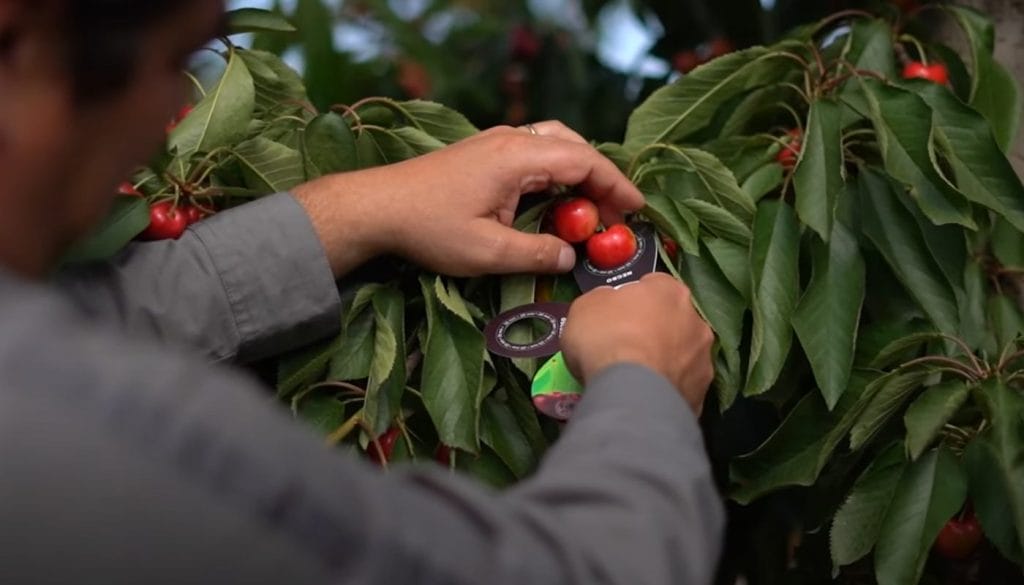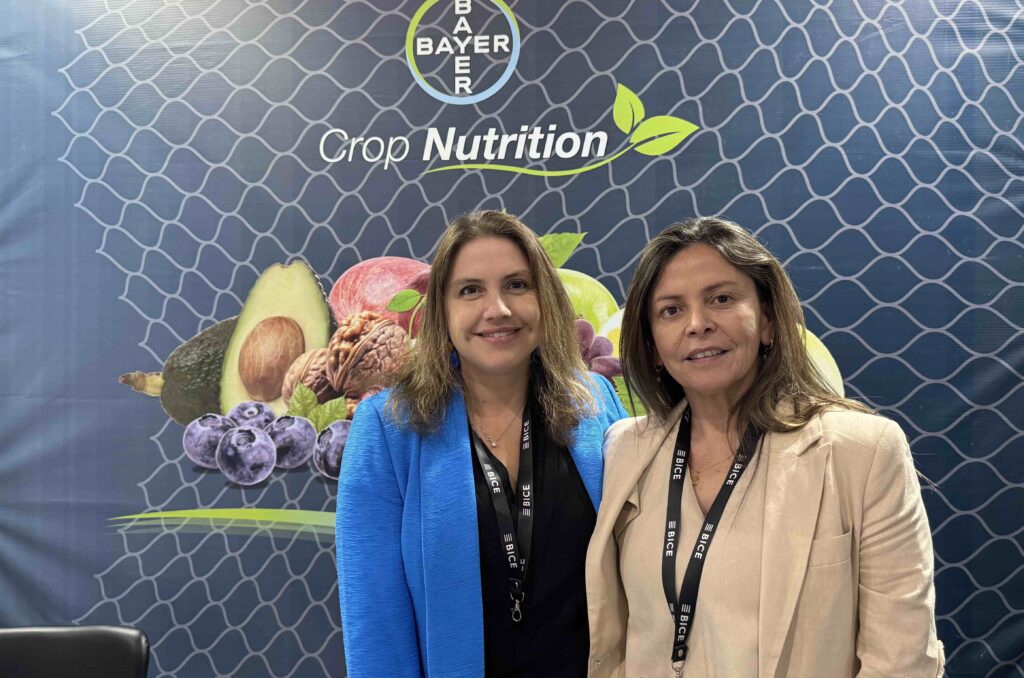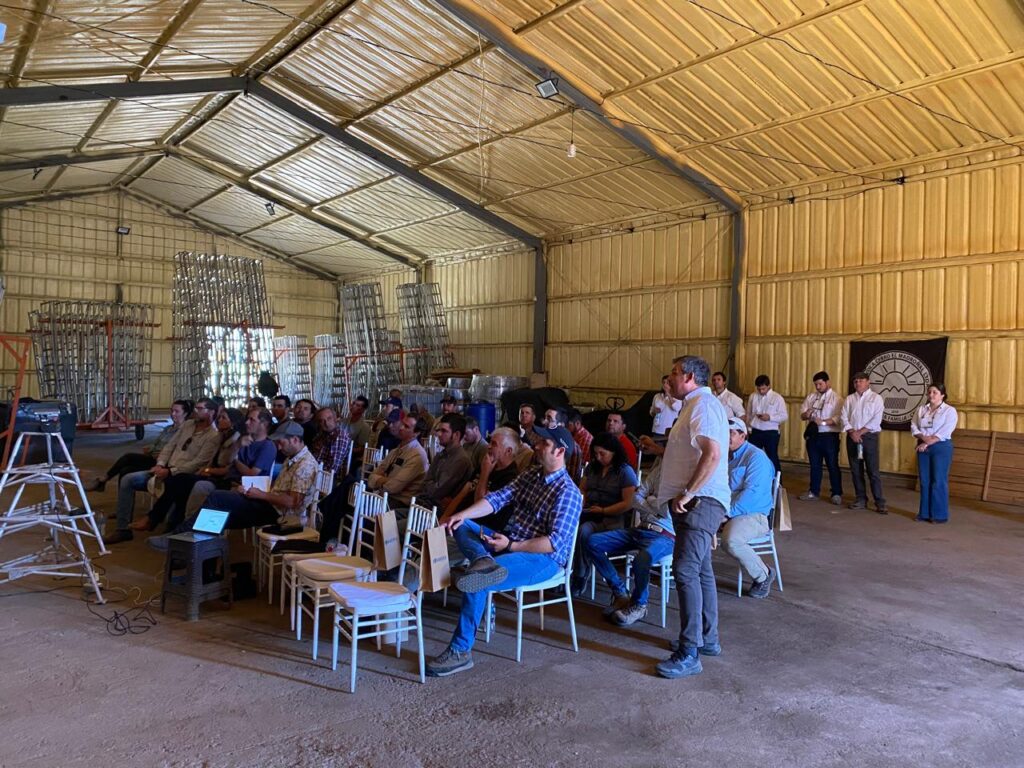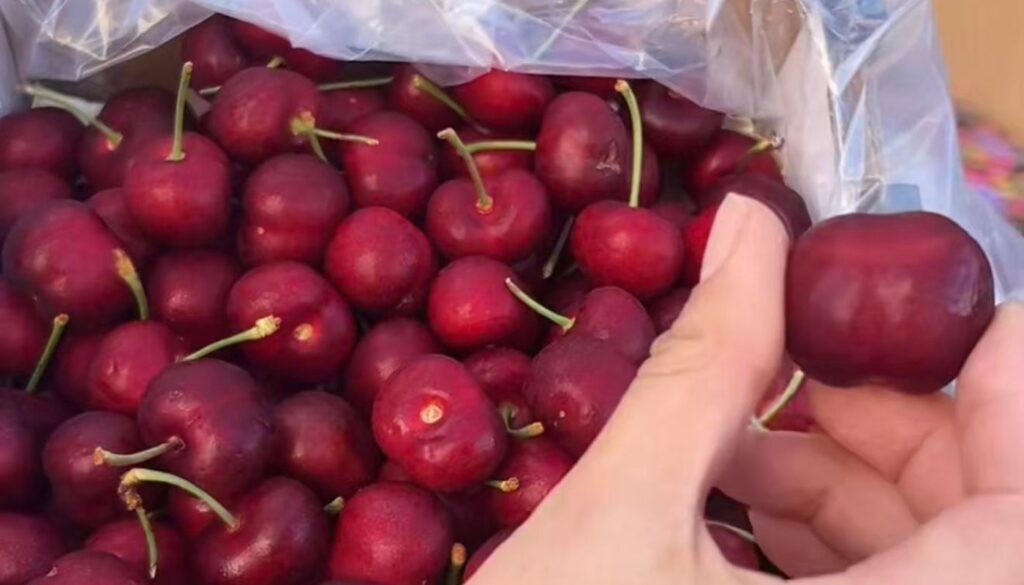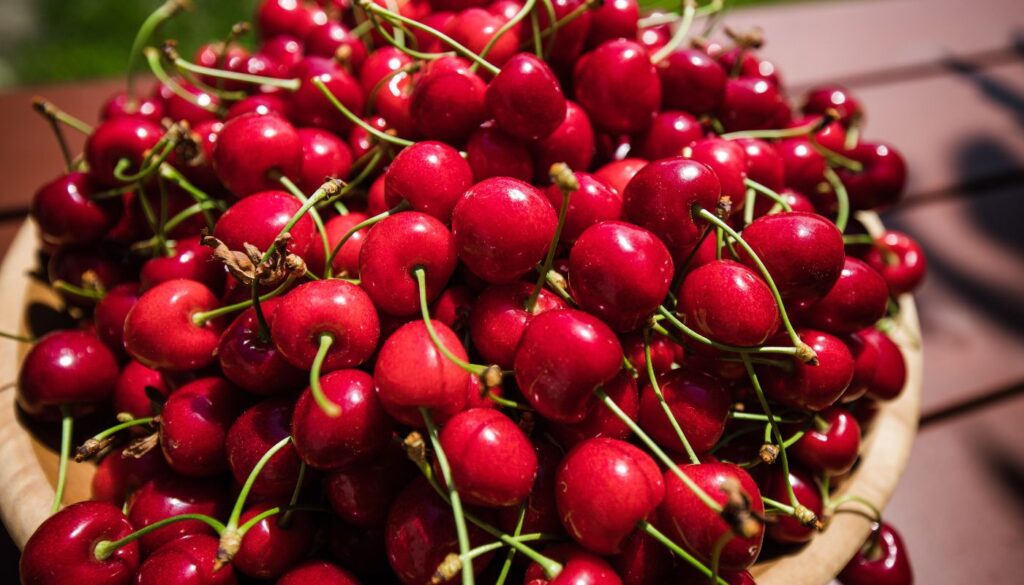- Chapter presented by Agri Marine Terra Perú SAC, VADPAGRO, and Grupo VSM
In the second part of this first report prepared by Smartcherry TV, we once again visited the orchards of the Metropolitan, Maule and O'Higgins regions, where we spoke with producers and advisors specialized in cherry cultivation, who explained to us what measures could partially mitigate the major consequences of a perfect storm.
“The effect of the rains and the winter we had, generated a general compaction. When we think that a cubic meter of water weighs a thousand kilos, and we had flooded fields, like this one, which was flooded for two or three weeks, this enormous compaction was generated, and in clay soils, I would say it was something brutal, so we lost part of the work done, I would say two seasons, or even three,” commented Lucas Ferrada, specialist advisor in nutrition and soil.
This situation made it practically impossible to start nutritional programs on time. In the case of varieties such as Brooks, there was barely a week and a half to carry out this important task. Although by mid-September, already close to flowering, the outlook looked pretty good, as the days went by, fruit abortion began, which was further intensified by the rains.
Carlos Tapia, a specialist advisor on cherry production and Technical Director of Avium, adds that “we saw everything; very long flowering periods; floral stages that lasted 35 days; disparity in flowering, from the point of view of the height of the orchards, etc., and these different floral stages, distributed at different heights of the plant -which can also respond to the accumulation of cold-, also had an effect on budding, and that carries over the entire phenology forwards.”
The “El Niño” phenomenon and 2024 without respite
“This particular event escaped all the norms that had been planned, above all, because of the two atmospheric rivers that practically caused a disaster,” explained Patricio Gonzalez, an agricultural climatologist at the University of Talca.
According to estimates, this event will continue in our country, at least until May 2024, and two possible scenarios are foreseen in climatic terms: that the Pacific Ocean enters a neutral phase, or that the “La Niña” phenomenon enters.
"If the latter occurs, we could have the following characteristics: a greater accumulation of cold hours, which is good, but with a decrease in precipitation," the specialist concluded.
Check in detail at Smartcherry TV, the second part of “The Perfect Storm” and learn first-hand what the cherry industry in Chile is experiencing today.

